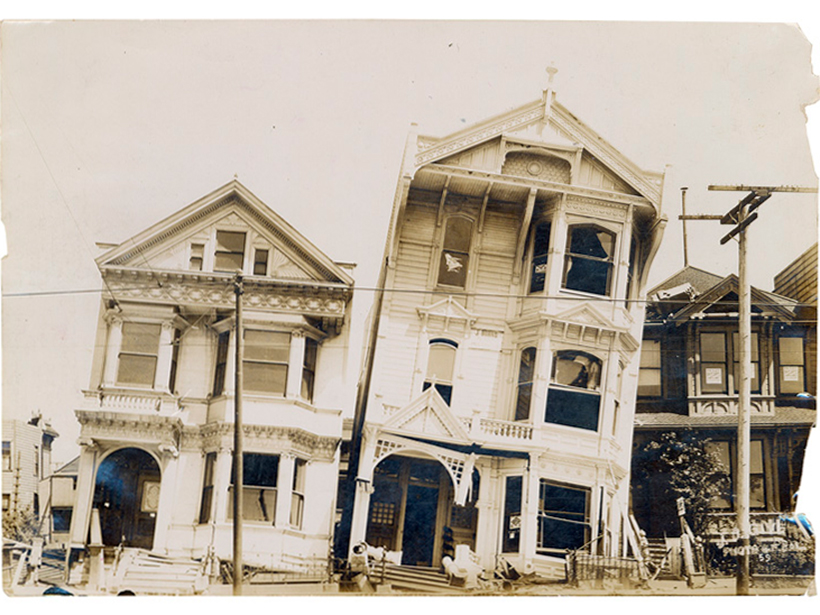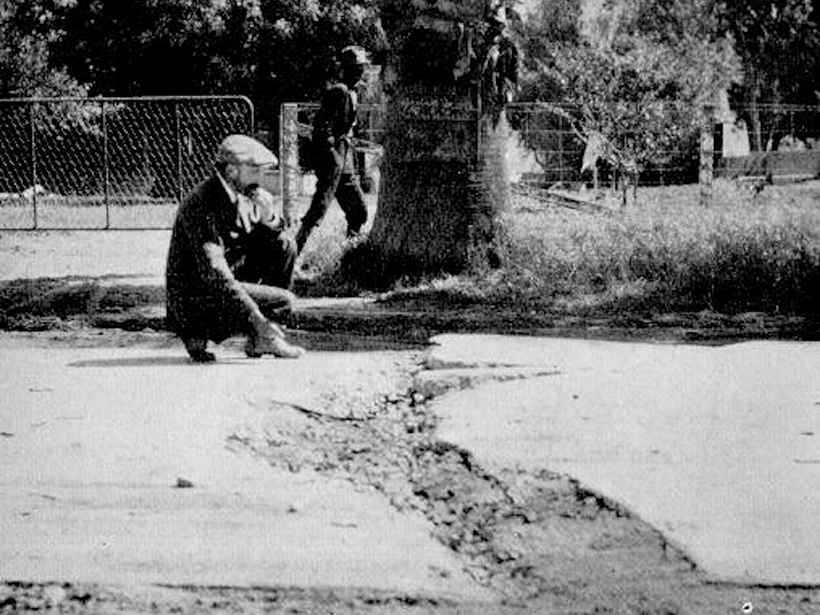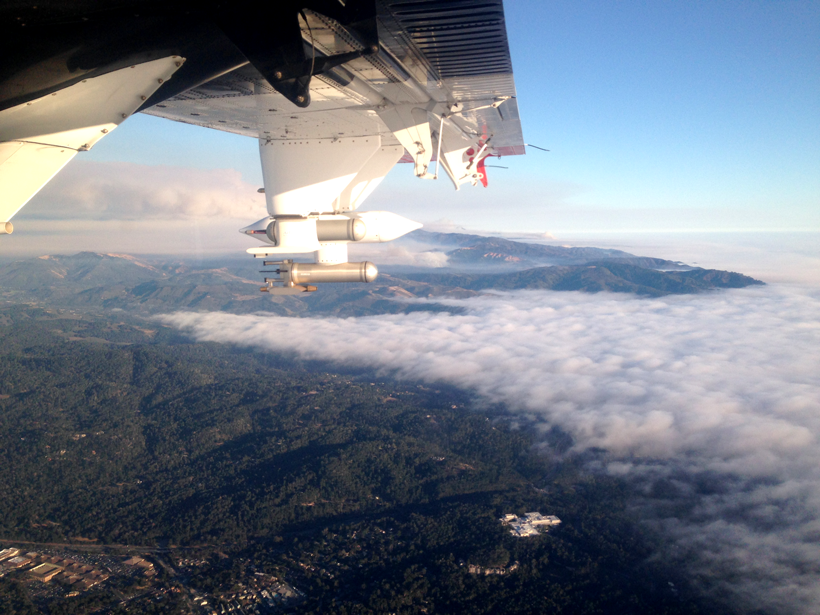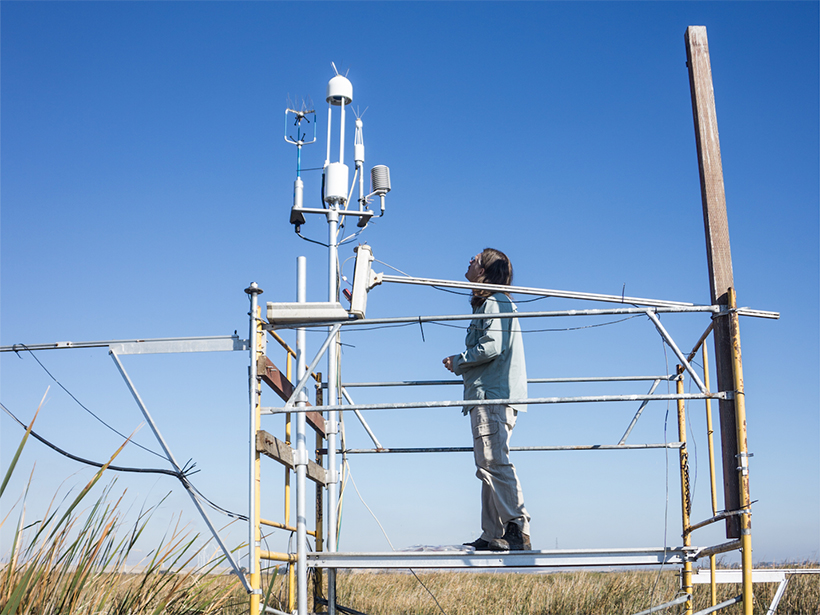By reanalyzing seismic records, researchers found a plethora of tiny earthquakes in Southern California that trace new fault structures and reveal how earthquakes are triggered.
California
Reassessing California’s Overdue Earthquake Tab
Paleoseismic records show that the current 100-year hiatus since the last major event on the San Andreas, San Jacinto, and Hayward Faults is unprecedented in recent geologic history.
Probing Wildfire Smoke Plumes Up Close
Direct observations from flights over coastal California reveal more about aerosol plumes released by burning biomass.
Some Waterfalls May Be Self-Made
Waterfalls sometimes imply a past dramatic event, like tectonic uplift or a landslide. Self-formed waterfalls could challenge that interpretation.
How Brown Carbon and Coatings on Black Carbon Affect Absorption
While ambient black carbon absorption is shown largely independent of coatings, distinct types of atmospheric brown carbon coexist, deriving from primary emissions and secondary processing.
Earth’s Devastating Power, Seen by Satellite
Hurricanes, volcanoes, droughts, floods, fires, tsunamis: Satellites capture some of Earth’s most destructive forces.
One Fifth of Los Angeles’s CO2 Rises from Lawns and Golf Courses
Measurements of carbon-14 show that roughly 20% of carbon dioxide emissions in the Los Angeles Basin are likely due to the decay of plants in managed landscapes.
Free Flight Time for Projects in Atmospheric Sciences
Got an urgent or innovative project that involves collecting airborne data? A research flight company is donating an estimated $100,000 of its resources to help you.
Massive Scale Evaporative Water Losses from Irrigation
Evaporation can demonstrate the effects of crop irrigation on decadal trends in evapotranspiration at a regional spatial extent.
Restored Wetlands Could Lower Local Surface Temperatures
A 3-year study of wetlands and cropland in a major California delta highlights the need to consider the physical effects of vegetation when planning land use changes.










